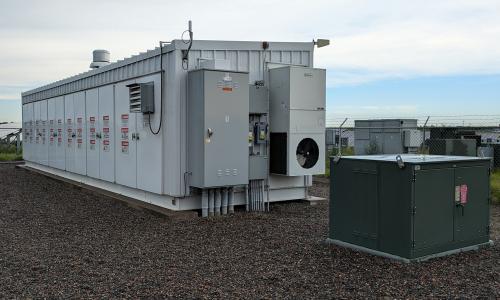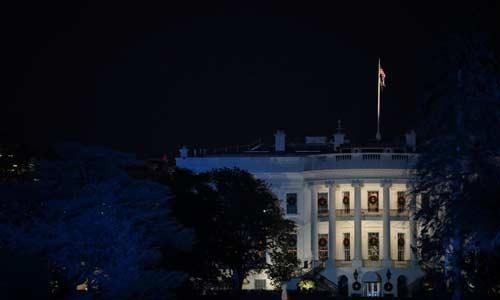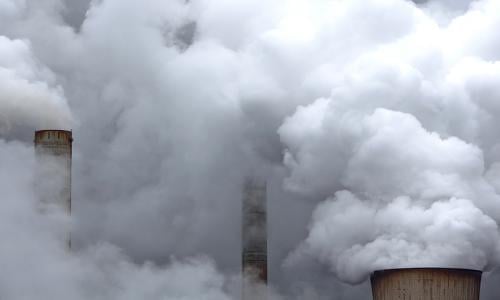Rather than isolated collections of components, buildings are integrated systems that interact with their environments. Through effective energy use, "whole" buildings levy the smallest possible environmental impact, while enhancing their users' comfort and productivity. The federal government can shape consumer demand for whole buildings through coordinating its building-related activities into a "whole building policy."
This report argues for an integrated approach to federal government building programs: a comprehensive "whole buildings" umbrella concept that ties the building and its components together into one unified package and encompasses all real-world physical and economic elements with which the building interacts or on which it depends. The same framework can bridge all federal agencies involved in building research in a coordinated manner within government, as well as with outside agencies and organizations, both nongovernmental and industrial, treating all as one unified package of complementary and supporting activities. The result will be greater building energy efficiency and occupant productivity, reduced impact of buildings on the environment, and greater economic efficiency, transferability and value of building R&D programs.
The message presented in this report is clear: to minimize duplication and fragmentation of effort, and to maximize potential returns for both the industry and for society at large, there is a strong need and a clear obligation for enhanced and long term stable federal agency funding for building R&D. The programs must be coordinated within and between agencies, as well as with the building industry, under a "whole building" conceptual umbrella.
The purpose of this report is to foster a concept whose time has definitely come, and thereby to urge its widespread adoption by government, industry, and the private sector in order to capitalize on the great potential benefits of integrated R&D to support integrated buildings. This is because this report does not invent the "whole buildings" concept, nor does it propose a structure that is not already at least partly in place, both within and outside of the federal government. It reemerged perhaps ten years ago in the manner in which the US Department of Energy coordinates its building research, and is being adopted in a much more comprehensive present reorientation of DOE buildings research today. It emerged in recommendations by the American Institute of Architects, also nearly ten years ago. And it is emerging in the definition of R&D tasks internationally, within the International Energy Agency building R&D activities.
What is needed is a market transformation that transfers all facets of "whole buildings" to common practice, in order to capitalize on their benefits. This can only occur as the result of a new appreciation for those benefits, and a market demand by those who "want" those benefits. This report notes that such a market "pull" for the transformation can result in part from a better appreciation of the role of buildings not just as economic elements, but as factors which help to shape the efficiency of our economy and the quality of our environment.
Buildings place dominant demands on the US use of natural and energy resources and are responsible for a very large share of US environmental emissions. Buildings account for a $222 billion annual energy bill, while using 36% of the nation's energy resources directly, 40% when one takes into account energy used in construction and demolition, and possibly over 50% when all of the energy-related factors are included that are necessary to serve buildings and their occupants. Buildings consume 66% of the nation's use of electricity, thereby tying up the output of 2/3 of all of the nation's electric power plants. This direct and indirect use of energy accounts for 35% of US carbon emissions, 47% of the nation's emission of SO2, and 22% of Nitrogen Oxides. A major proportion of the flow of raw materials into the US economy goes into the construction of buildings, while the amount of those resources converted annually to construction and demolition waste rivals the US burden of municipal garbage.
Any attempt to reduce the flow of resources, to reduce waste, to reduce energy use (including dependence on foreign sources of energy), and to reduce environmental emissions to meet more stringent US standards or to live up to our '97 Kyoto promises, must look hard at the accessible and economic opportunities afforded by buildings. Similarly, no conversion of US practices and economy to a path leading to long-range sustainability can be accomplished with buildings constructed today that place a 50 to 100 year burden of excessive and inappropriate energy and resource demand on the future.
In fiscal year 1998, the Federal Government will spend approximately $476 million on buildings R&D and related technology programs. Funding for the few "whole buildings" programs that exist is insignificant in comparison to the breadth of building-related programs in general. With relatively scant funding directed toward specific integrated, "whole building" R&D programs, it is clear that the potential economic and environmental benefits of addressing building performance as a function of integrated systems are going unrealized.
"Whole buildings" is a better policy and one that will affect change. It must be elevated to a high level of administrative responsibility and respect. "Whole buildings" must secure a mandate simultaneously from the Federal government, the industry, and private sector research centers to coordinate, enhance, supplement, complement, and fill in gaps that are still barriers to systems integration in research and practice. It is deserving of its own clearly identified programmatic mission, supported by sufficient appropriations. To accomplish this will require a true federal/industry partnership, coordinated nationally in a structure yet to be defined.
This report concludes by presenting five policy criteria, with accompanying specific recommendations, to promote the adoption, successful introduction, and continuing effectiveness of a national "whole buildings" R&D program



